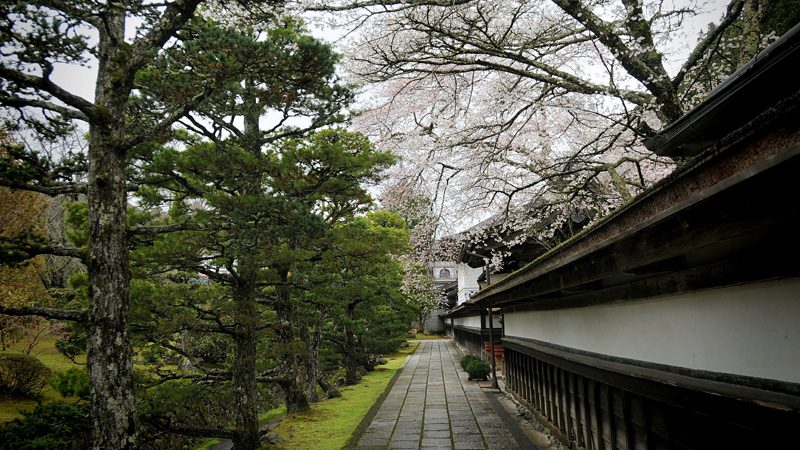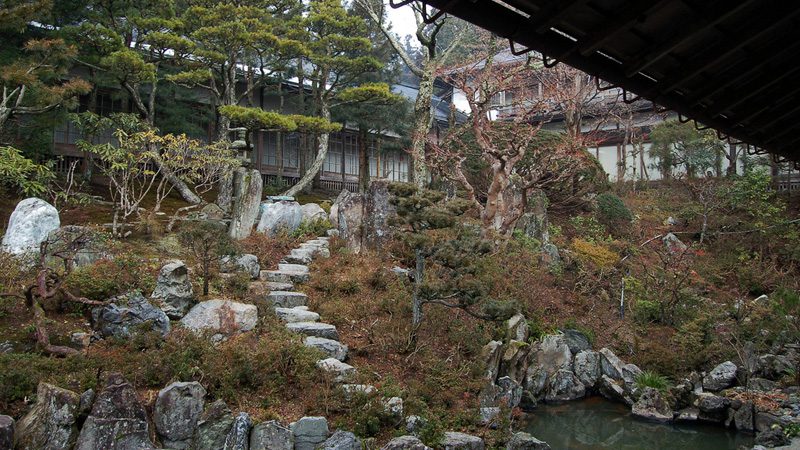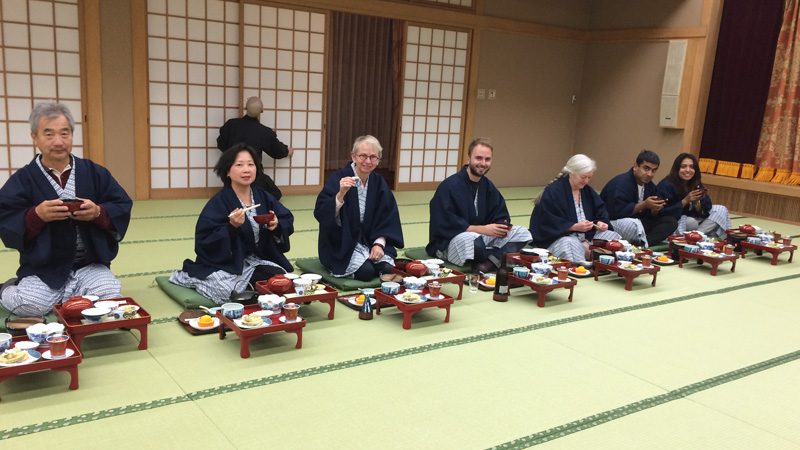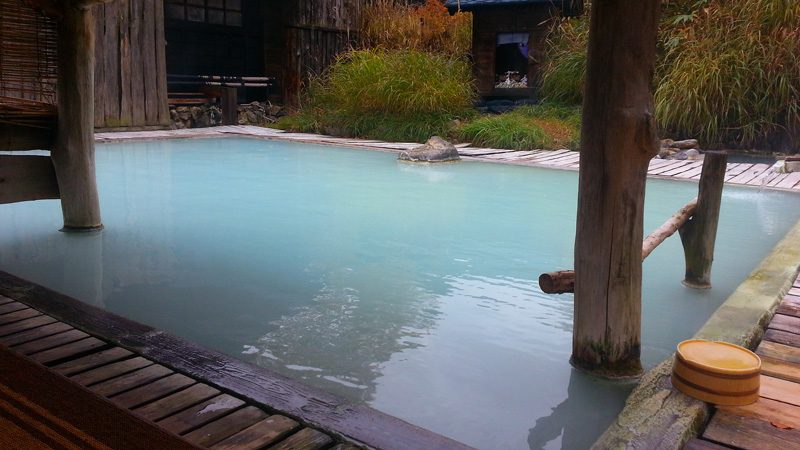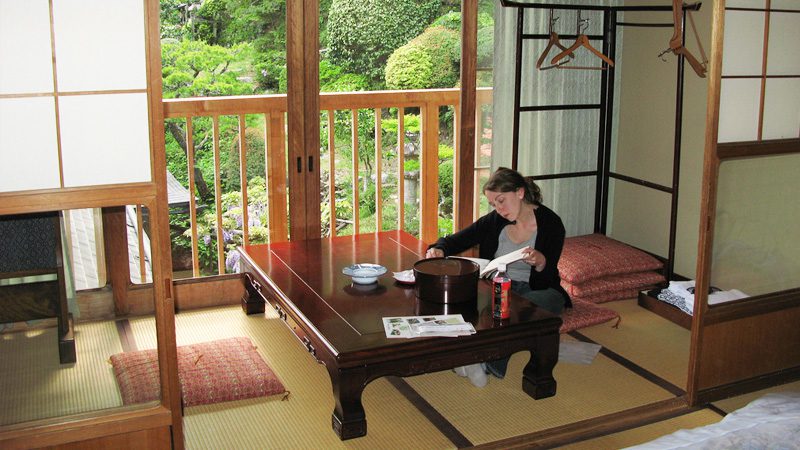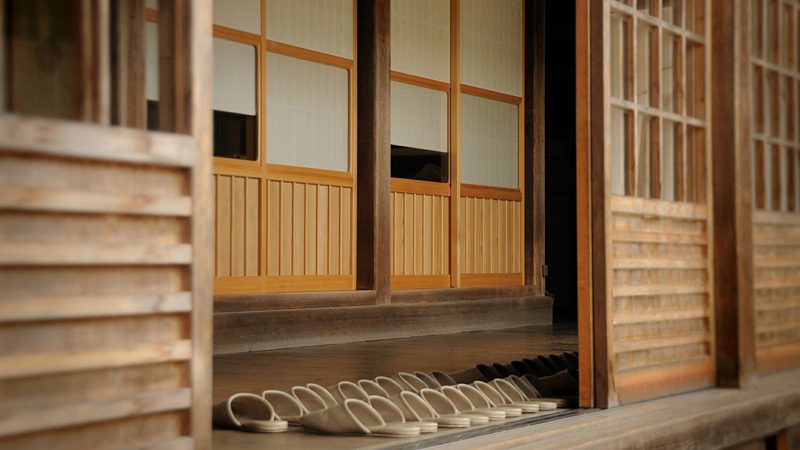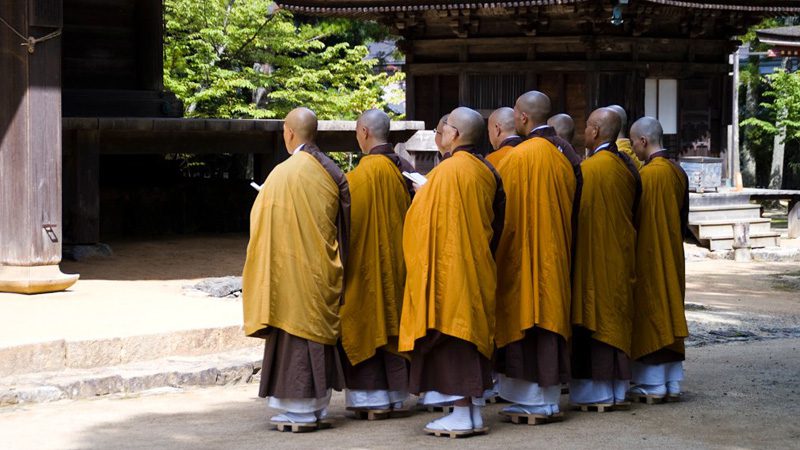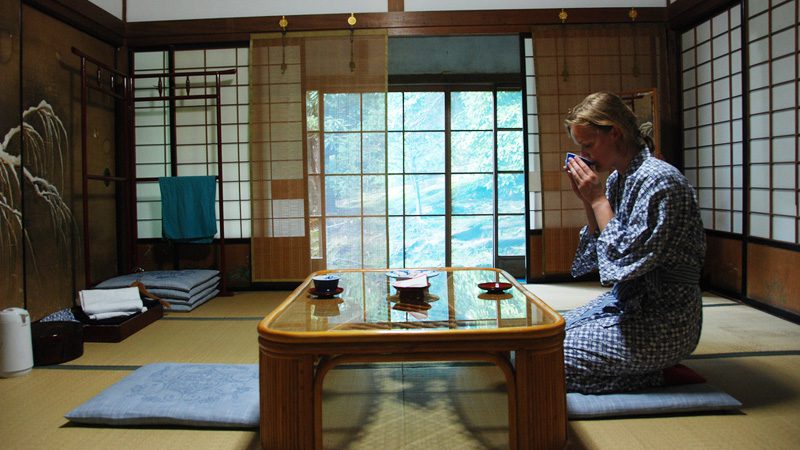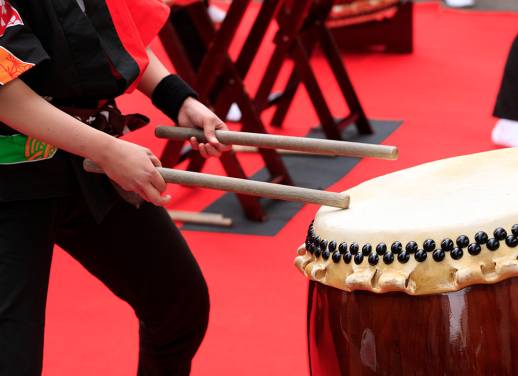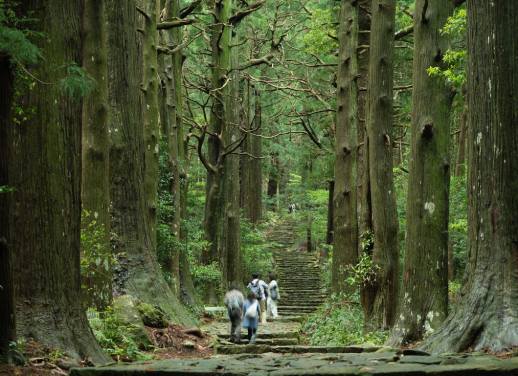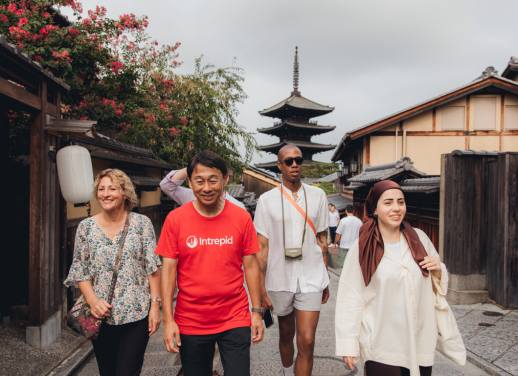When I read ‘monastery stay’ on our Intrepid Japan itinerary I was a little sceptical about what I’d find. Truthfully I was picturing some 1980s brick building staffed by Canadian expats with names like ‘Floating Leaf’ or ‘Jarod’, and dotted with plastic Buddha statues and inspirational posters.
So it was a bit of a surprise when our leader, Sylvia, led us up a driveway lined with Kamchatka trees toward a low building that looked like the backdrop to Crouching Tiger Hidden Dragon.
This was our home for the next two nights: a genuine Koya San shukubo (monastery accommodation) staffed by full-time Buddhist monks, saffron robes, shaved heads and all. If you’d ask me to picture the quintessential Japanese Shinto building, this would be it. All it was missing was a couple of dueling samurai out front.
So for all you fellow skeptics, this is what you can expect from your Intrepid monastery stay.
1. The gardens from your daydreams
The monastery gardens were everything I’d hoped. Growing up watching Kill Bill and all things Chow Yun Fat, I knew proper Japanese gardens needed a trickling bamboo water feature, rugged granite rocks poking up from the green, mossy ground, blushing cherry blossoms and delicate red-leafed maple trees everywhere. Koya San delivered on this fantasy in spades. It’s easy to see how the monks remain so chilled all the time – surrounded by manicured nature at its finest.
2. Cleansing monk food
As someone who mostly lives on a cocktail of junk food and Coke, the vegan, tofu-based cuisine of the Koya San monks should have been my personal nightmare. But it wasn’t. Each mealtime we’d gather in a large dining hall, sit cross-legged on the tatami floor and tuck in to a delicious – and extremely healthy – seven-course meal. Silken tofu with wasabi, crispy fried tempura, edamame beans, cold soba noodles in a salty broth and a variety of veggies. Even without chips and a burger, it was weirdly satisfying. Plus you can drink beer.
3. Nude public bathing (in a good way)
I wasn’t really prepared for the Japanese onsen. Naively I thought I could wear bathers inside. This is not the case. The onsen is the only form of bathing in the monastery, so you have to become pretty comfortable with public nudity pretty fast. The basic idea is to remove all clothes, wash yourself on a small stool, then submerge and soak in 40 degree, mineral rich waters, piped up from underground springs. After a while, most agree: it beats a shower every time.
4. Rooms that look like this
When your host slides open the bamboo partition, it’s hard not to be impressed by your monastery room. It’s almost a cartoon cliché. There are the Shoji rice-paper doors, mint-green tatami floor, a couple of cushions beside a low table and a steaming pot of matcha tea on the boil. The only sign you haven’t stepped through some kind of time portal is the TV mounted to the wall (pretty much every channel is Japanese game shows). The paired-back simplicity should be Spartan, but it feels warm, welcoming and classically Japan.
5. One size fits all slippers
If you’ve got big feet, bring warm socks. Trust me. Because you can’t wear your own shoes in the monastery, everyone walks around inside in one-size-doesn’t-quite-fit-all plastic slippers. Unfortunately if your feet are on the large side, these slippers won’t cover much more than your toes. That’s when thick, comfy socks come in handy. Even the normally solemn Buddhist monks were cracking a smile and nudging each other when I flip flopped around the corner, the back half of my feet hanging out of the tiny slippers.
6. Meditation classes
Depending on the monastery you stay at, you might get the option to join the monks in a morning meditation class. It’s an interesting experience, even if I didn’t understand a word and most of it consisted of humming at a variety of frequencies that did strange things to my inner ear. You also need to be prepared for about an hour of sitting cross-legged on the floor. No Lay-Z-Boy recliners here. And I doubt even the Abbot, in all his serene magnificence, would have appreciated me ducking out early because I lacked core strength.
7. Your very own robes
You probably recognise Japanese yukata robes from any samurai movie ever. They’re a type of kimono, double layered and wrapped tight around the body, with loose sleeves hanging around your elbows. It’s a surprisingly comfortable way to dress, and you’ll quickly find yourself bowing and floating through the monastery’s cedar wood corridors like a proper Buddhist novice. Just remember to wrap the left side of the yukata over the right side, not the other way around (you only reverse this order when attending a funeral).
We’ve got a futon with your name on it. All you need is one of our Japanese small group adventures.
Feature image c/o Karolina Lubryczynska, Flickr

